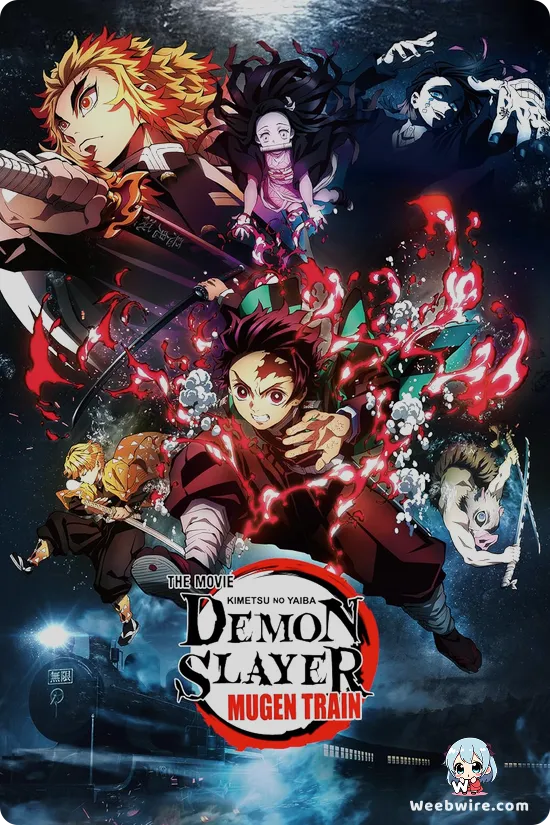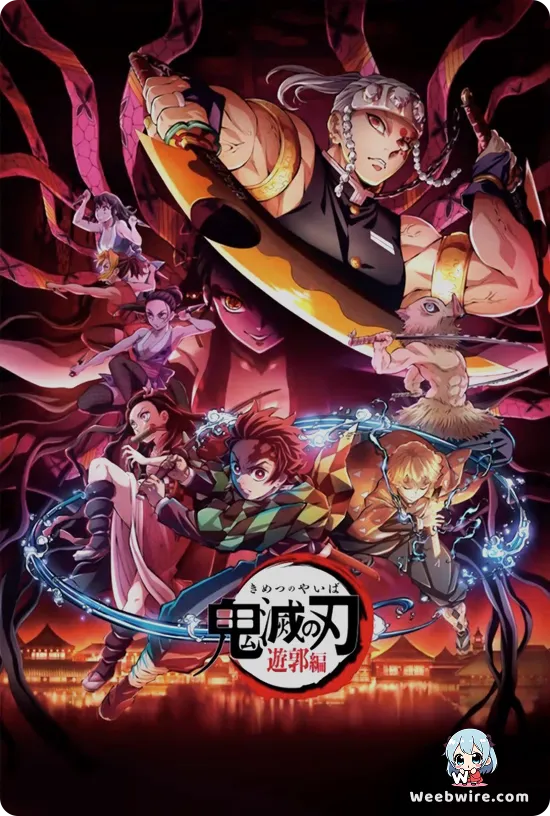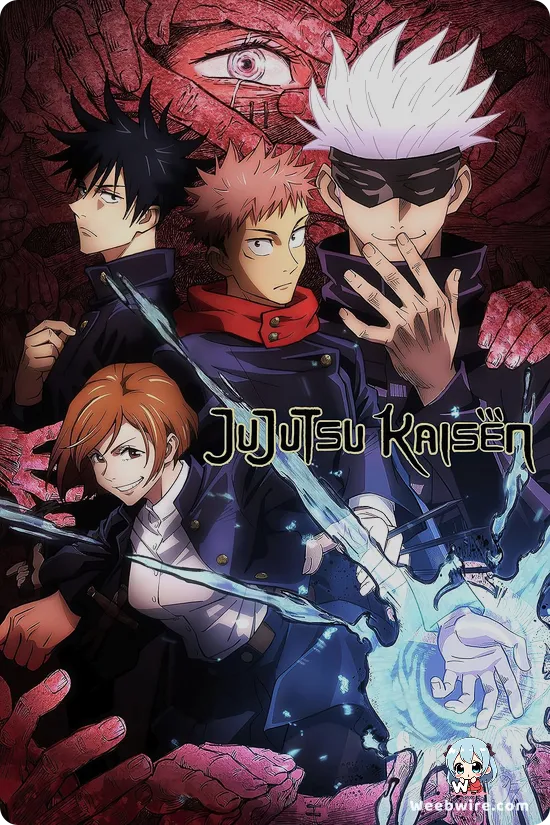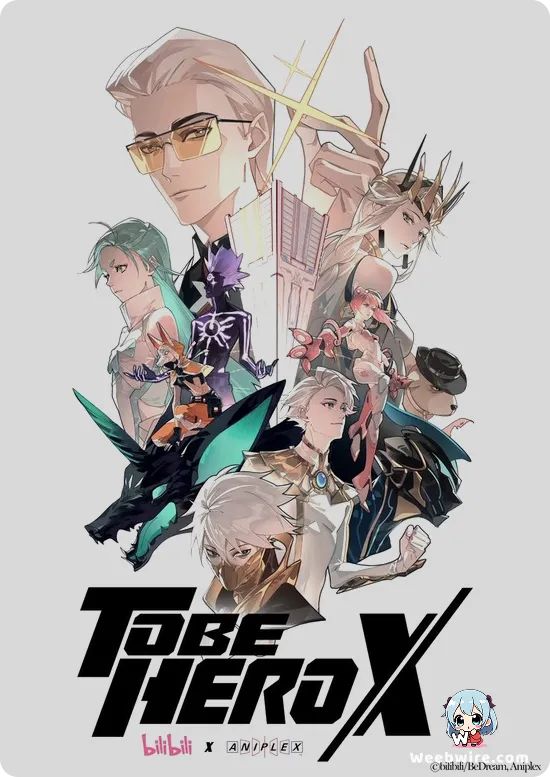Higurashi: When They Cry - SOTSU: Unveiling the Twisted Truths of Hinamizawa and the Loopers' Unseen War
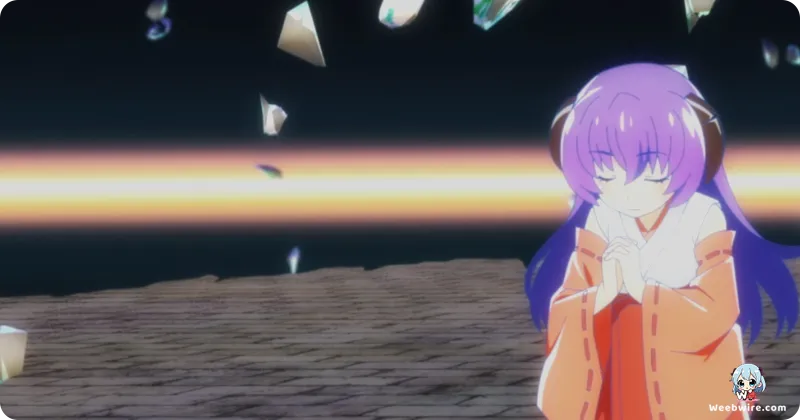
The intricate world of Higurashi: When They Cry continues to captivate audiences with its complex mysteries and chilling psychological horror. While its original sound novels and subsequent anime adaptations are widely regarded as classics, Higurashi: When They Cry - SOTSU offered a truly unprecedented perspective into the cyclical horrors of Hinamizawa. More than just a continuation, SOTSU delivered pivotal answers and exposed hidden machinations, providing crucial insights for both devoted fans and new viewers alike.
The Revelation of Multiple Loopers
Central to the narrative of Higurashi, and dramatically amplified in SOTSU, is the ingenious concept of 'time loops'. Rika Furude's desperate attempts to escape her gruesome fate across numerous parallel worlds have long defined the series' core struggle. However, SOTSU unveiled a shocking truth: Rika was not the sole individual trapped in these loops. The introduction of Satoko Hojo as another looper fundamentally redefined the core conflict and her motivations. This transformation of a seemingly vulnerable victim into a formidable, calculating adversary challenged all prior fan understanding of the Higurashi universe.
Satoko's Complex Psychological Journey
Satoko's portrayal in SOTSU reveals significant psychological depth. Her metamorphosis from Rika's loyal companion into a manipulative force, driven by a distorted yearning to preserve their unchanging life in Hinamizawa, was a bold narrative choice. The series meticulously charts her escalating despair at Rika's ambition to depart, culminating in her acquisition of looping abilities. This deep dive explores profound themes of codependency, possessiveness, and the fear of abandonment, creating a chilling counterpoint to Rika's quest for liberation. It powerfully showcases the potential for darkness within seemingly innocent characters.
Unraveling the Hinamizawa Syndrome
SOTSU further explores the true genesis of the Hinamizawa Syndrome. Often perceived as supernatural, its scientific underpinnings are intricately detailed by creator Ryukishi07. The syndrome is revealed to be caused by a parasitic organism that induces paranoia and hallucinations. This blend of horror with a pseudo-scientific explanation grounds the fantastical elements, making the psychological torment disturbingly plausible. It also highlights how characters like Satoko are able to exploit these symptoms for their own ends.
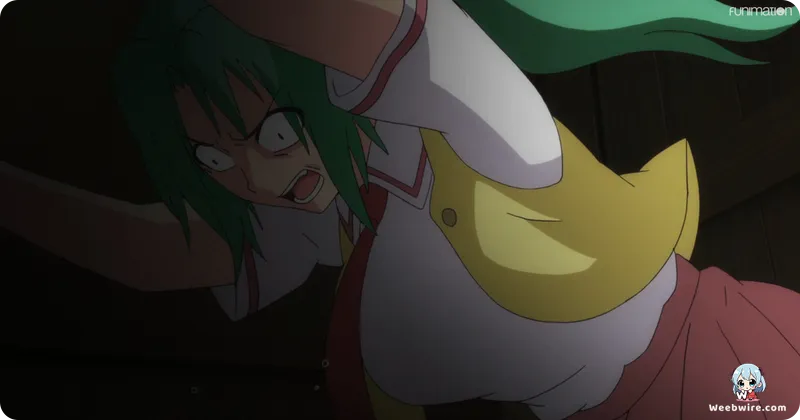
Ryukishi07's distinctive 'sound novel' methodology, which prioritizes auditory elements and narrative text over visuals, has always fostered active reader participation. Anime adaptations, including SOTSU by Studio Passione, have skillfully translated this atmospheric experience using exceptional voice acting, evocative music, and unsettling visuals. This approach maintains the series' legacy while injecting fresh perspectives. The vibrant Higurashi fan community, fueled by the original 'question arc' and 'answer arc' structures, engaged deeply in theorizing. SOTSU responded by introducing new questions and unexpected twists, keeping the community actively engaged and demonstrating the series' extraordinary depth.
Ultimately, Higurashi offers a profound exploration of the butterfly effect and the impact of individual choices. SOTSU, through Satoko's perspective, powerfully illustrates how minor events or misunderstandings, compounded by emotional distress and newfound power, can escalate into catastrophic consequences. It delivers a potent narrative on the fragility of peace and the devastating impact of unresolved trauma, solidifying the series as a masterclass in psychological horror for its chilling portrayal of human nature pushed to its limits.
Credits
Higurashi: When They Cry - SOTSU
Author
Ryukishi07 (07th Expansion)
Cover Art
Ryukishi07 (07th Expansion)
Studio
Passione
Publisher
07th Expansion
Producers


